Premieres Monday, Feb. 3, 2025 at 11 p.m. on KPBS TV / PBS app
The moving feature documentary “The Strike” illuminates the power of organizing through the story of 30,000 incarcerated people in California protesting decades-long practices of inhumane solitary confinement.
Weaving together the personal stories of the men who bore the brunt of this practice, “The Strike” follows the journeys of a cast of solitary survivors, from their secretly-recorded meetings with prison administrators to the personal ramifications of decades in confinement.
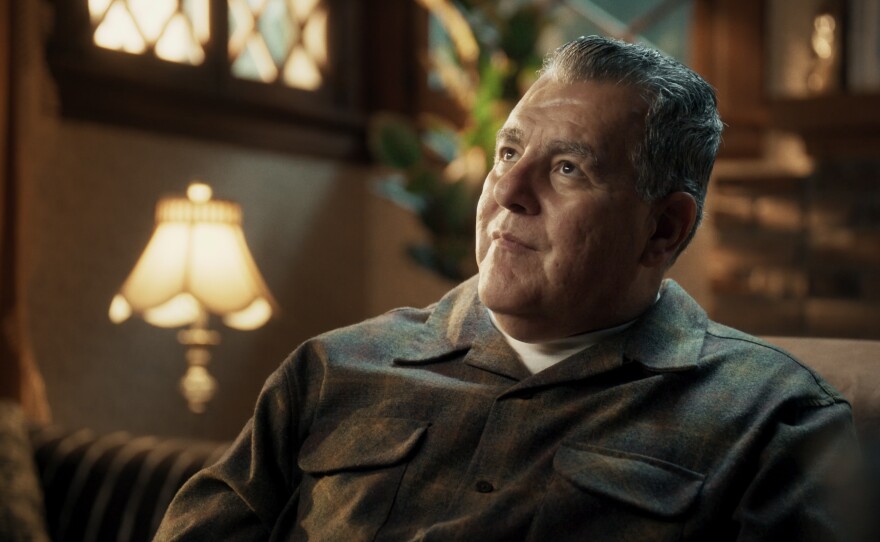
By 2013, California had nearly 4,000 people in long-term solitary confinement. One day that year, 30,000 people who were incarcerated went on a hunger strike in a protest that began as a whisper in the corridors of Pelican Bay and spread into a feat of unity across California prisons.
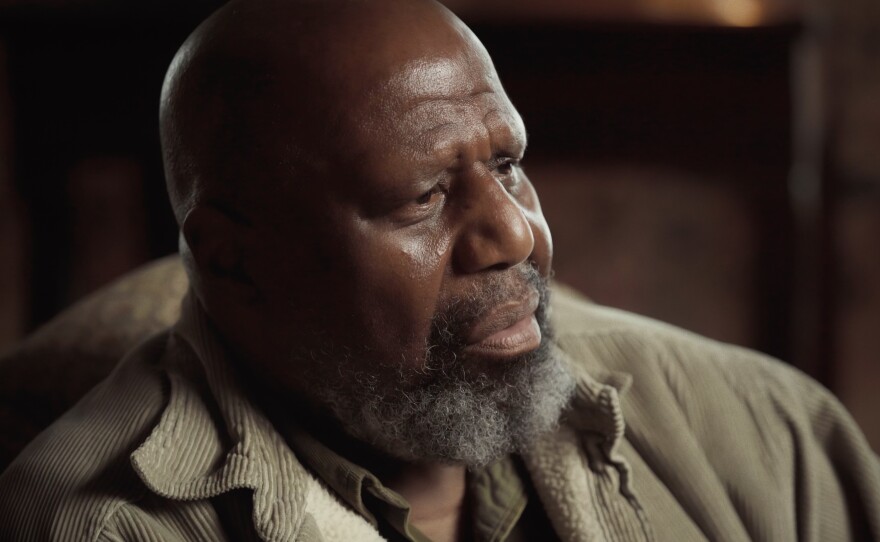
The film reveals the panic that gripped the highest echelons of state government, with unprecedented access to prison officials and never-before-seen footage rom inside Pelican Bay.
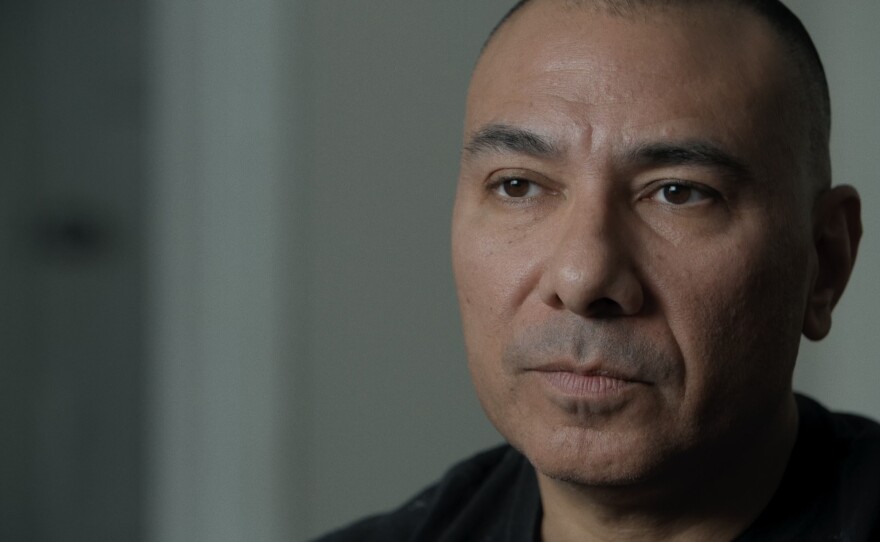
Filmmaker Quote:
“We found that the story of how incarcerated people, facing impossible odds inside solitary confinement, managed to orchestrate a statewide protest, to be an inspiring example of what’s possible when people come together for change. We hope our film speaks to the strength of the human spirit and the power of collective solidarity,” said Co-directors JoeBill Muñoz and Lucas Guilkey.
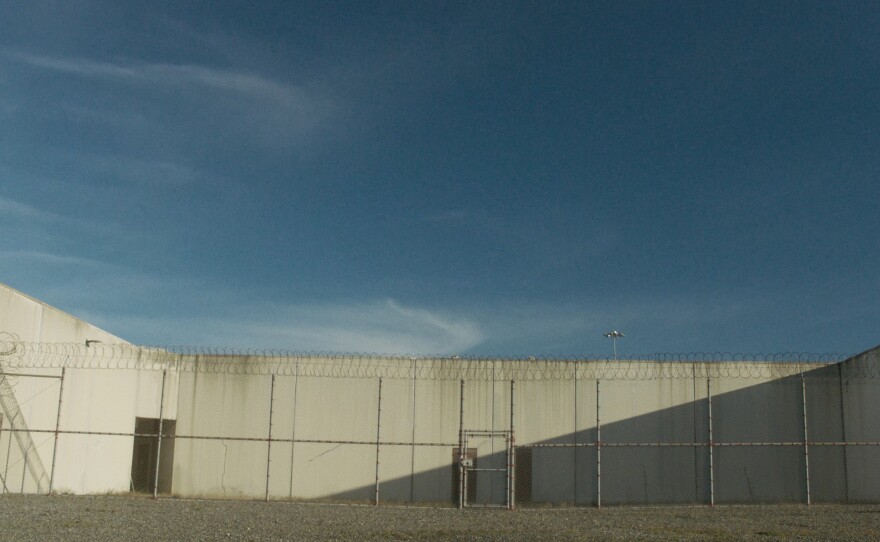
Watch On Your Schedule: “The Strike” premieres on PBS’ INDEPENDENT LENS on Feb. 3, 2025, at 11 p.m. on KPBS TV. The film will be available to stream on the PBS app.
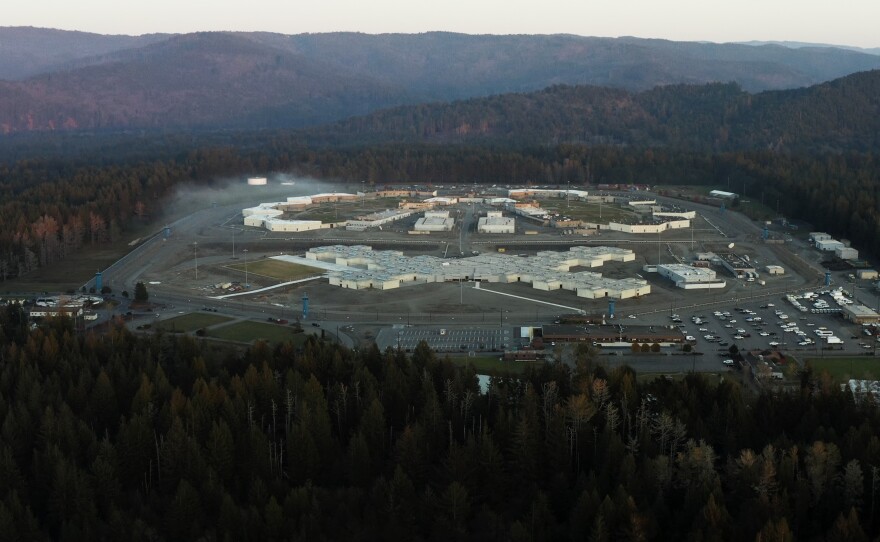
Credits: A co-presentation of INDEPENDENT LENS and Latino Public Broadcasting.






